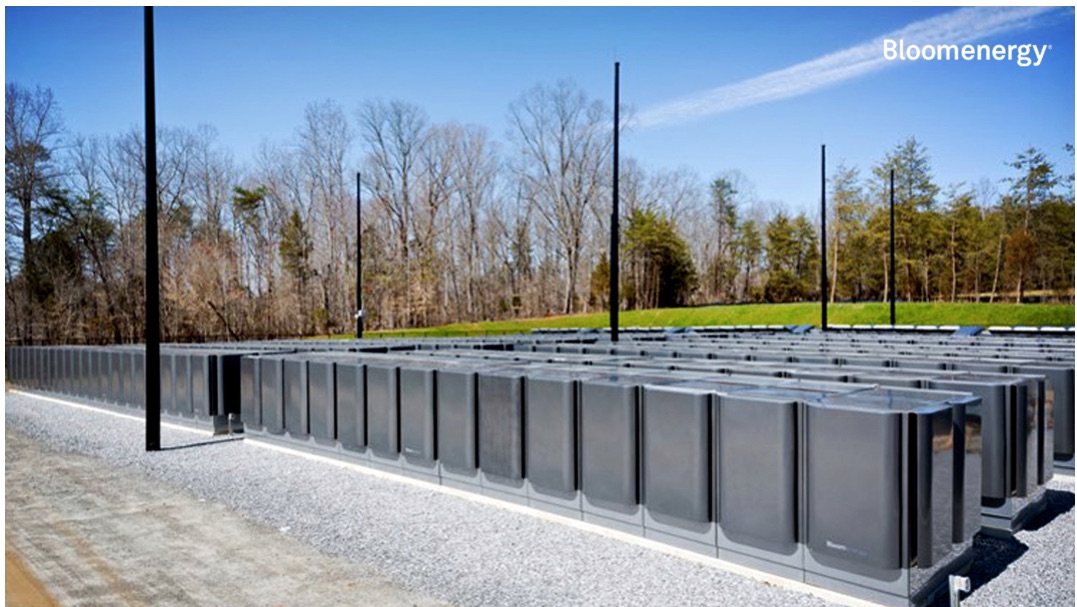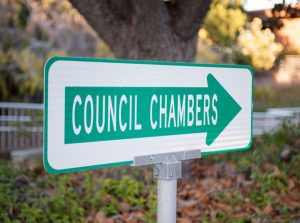Santa Clara must rescind its ordinance requiring electrical generation systems — micro-grids — connecting with the City’s electrical grid to use only renewable energy source, following County Superior Court Judge Thomas Kuhnle’s ruling against the City in Bloom Energy’s California Environmental Quality Act (CEQA) lawsuit.
Bloom’s fuel cell technology — Bloom Box energy servers — uses natural gas, a fossil fuel, in a chemical reaction to produce electricity.
The issue of the lawsuit was whether or not an Environmental Impact Report (EIR) was required by the policy change.
The City passed the ordinance last year, deeming it exempt from the need to do an Environmental Impact Report (EIR) under CEQA guidelines because there was no possibility that the ordinance would have a significant effect on the environment — called the “common sense exemption.”
City Prevails on CO2 Emissions, Loses on Other Pollutants
Bloom is promoting the court win as a victory for its technology.
“Environmental policy should actually work to reduce harmful environmental impacts … and be carefully crafted in consultation with experts,” said Josh Richman, Bloom’s Vice President of business development and policy, in a press release.
“But in this case, officials in the City of Santa Clara made the inaccurate claim that their policy was good for the environment and would contribute to reduced emissions — ignoring the views of environmental experts.”
But the judge wasn’t ruling on the question of whether or not the policy was “good for the environment.” His ruling was about whether the City’s decision not to prepare and EIR was supported by the evidence submitted.
In the case of direct greenhouse gases — CO2 emissions — Kuhnle ruled that the City met the burden of proof that there was “no possibility” that the ordinance might have a significant environmental impact.
“The City presents …data that shows average CO2 emissions for the [Silicon Valley Power] portfolio are approximately half those from natural gas,” the judge wrote. “The Court finds the City’s analysis of average CO2 emissions is reasonable and supports the conclusion reached.”
“That’s a huge point,” said Silicon Valley Power (SVP) Chief Electric Utility Officer Manuel Pineda. “We’re focused on meeting the state requirements for net-zero carbon emissions by 2045.”
However, Kuhnle wrote that the evidence presented by Bloom showed that the pollution from nitrogen oxides (NOx) and sulfur oxides (SOx) resulting from the ordinance had significant potential to adversely affect air quality and public health.
These emissions would result from both increased operation of the DVR natural gas-fueled power plant and increased use of diesel generators as backup for micro-grids instead of connections to SVP’s grid.
“The City’s own analysis confirms that the Resolution may cause NOx and SOx emissions evidence that these increased emissions are reasonably foreseeable,” the judge wrote.
The City’s argument that rapidly decreasing reliance on power generation that emits GHGs, “may be true,” Kuhnle continued. “But the common sense exemption is directed at ‘the activity in question’ which here is the adoption of the Resolution, not the City’s …efforts to reduce reliance on non-renewable power generation.
“The Court also finds there is substantial evidence that emissions from diesel generators caused by adoption of the Resolutions … would exceed current baseline conditions,” Kuhnle continued.
“Therefore… the City has not met its burden of showing that substantial evidence supports the finding that there is no possibility that the activity in question may have a significant effect on the environment.”
The next steps are unclear, but Pineda said there are a few possibilities. The first is that the City might decide to do additional analysis and possibly bring back the ordinance with additional data.
Another possibility is that, based on the judge’s finding that SVP’s GHG profile was supported by the evidence, Bloom might be required to do an environmental study of its fuel cells.
Read the judge’s decision on our website/here: bloom ceqa ruling 2020.












0 comments